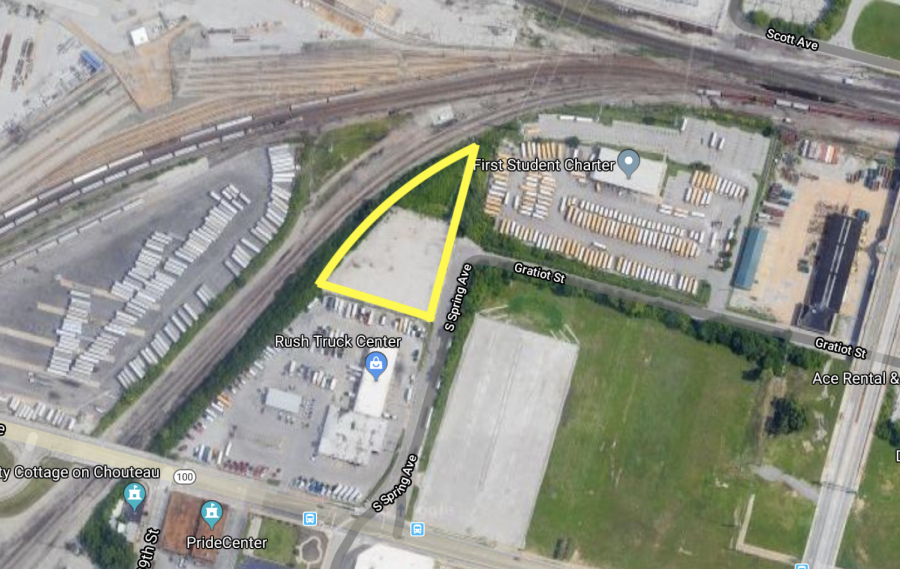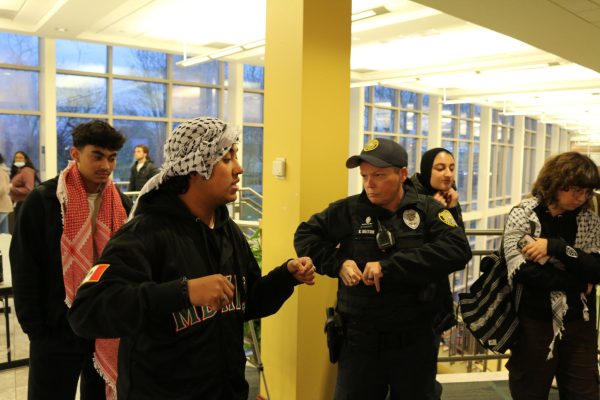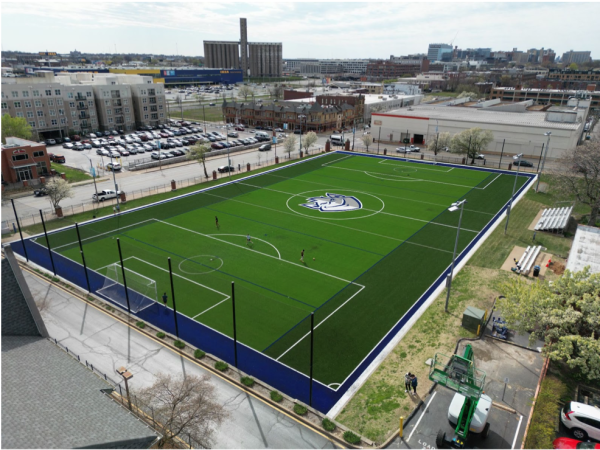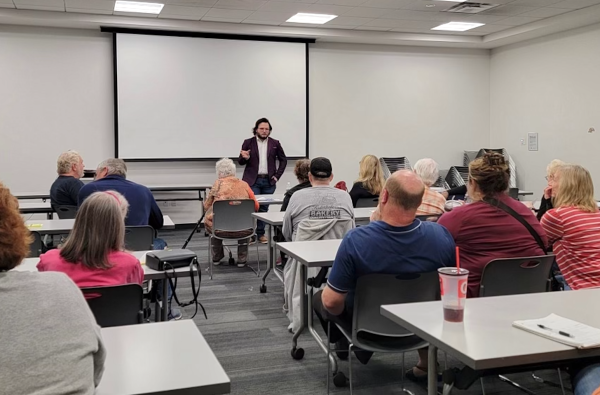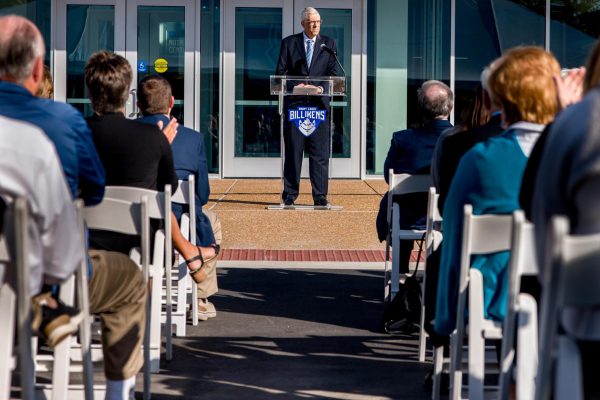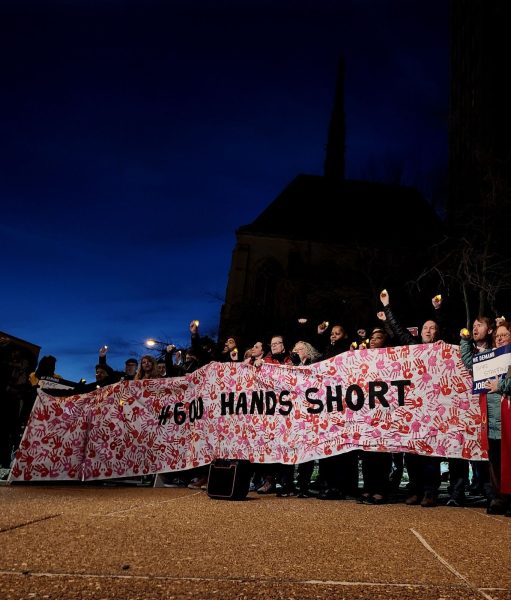Ameren Donates $1 Million Plot of Land to SLU
Last month, Ameren Missouri, an energy company based in St. Louis, became the latest group to assist SLU in redevelopment projects that are currently underway in the neighborhood after their donation of a 2.1-acre site to the university.
The site, which sits just past the Metrolink station near SLU’s Medical Campus, was once home to an electrical substation. But after Ameren began using a different substation, the site became a storage place. The property is reportedly worth around $1 million and is part of the University’s Accelerating Excellence: The Campaign for Saint Louis University. The campaign aims to raise $500 million and has currently raised $360 million to date.
The Midtown area surrounding SLU campus is the site of numerous redevelopment projects that aim to make the area one of the most attractive and exciting in the city of St. Louis. SLU was involved with a number of these projects, helping to make the community around the campus a more developed place to live and work. Nearly $1 billion has been invested in the area for various projects including the SSM Health Saint Louis University Hospital, the City Foundry, the Amory project and the Iron Hill development site. These sites will hopefully inspire new restaurants, retail space, homes, hotels, apartments and medical services to arise in the area.
According to Brooks Goedeker, the Executive Director of the St. Louis Midtown Redevelopment Corporation, there are no decisions made on the use of the Ameren site yet.
The Chairman and President of Ameren Missouri stated that he believed SLU had the “right vision” to use the property in a way that will “complement” the projects currently underway in Midtown St. Louis.
According to Daniel Monti, Ph.D., a sociology and anthropology professor at Saint Louis University, who specializes in urban redevelopment, SLU-sponsored residential development in Midtown is attractive because residents will see their neighborhood as a part of a large institution.
“Think of it like a mall,” said Monti, “SLU is like its flagship store.”
Monti said that the redevelopment of the area is important, because everyone would prefer great neighbors as opposed to vacant space. While parts of the Midtown area have taken decades to develop and become safe investments for developers and institutions, Monti believes that the new projects being sponsored by SLU will be successful in their goal of making this part of St. Louis an even better place to live and do business.
Your donation will support the student journalists of Saint Louis University. Your contribution will help us cover our annual website hosting costs.


